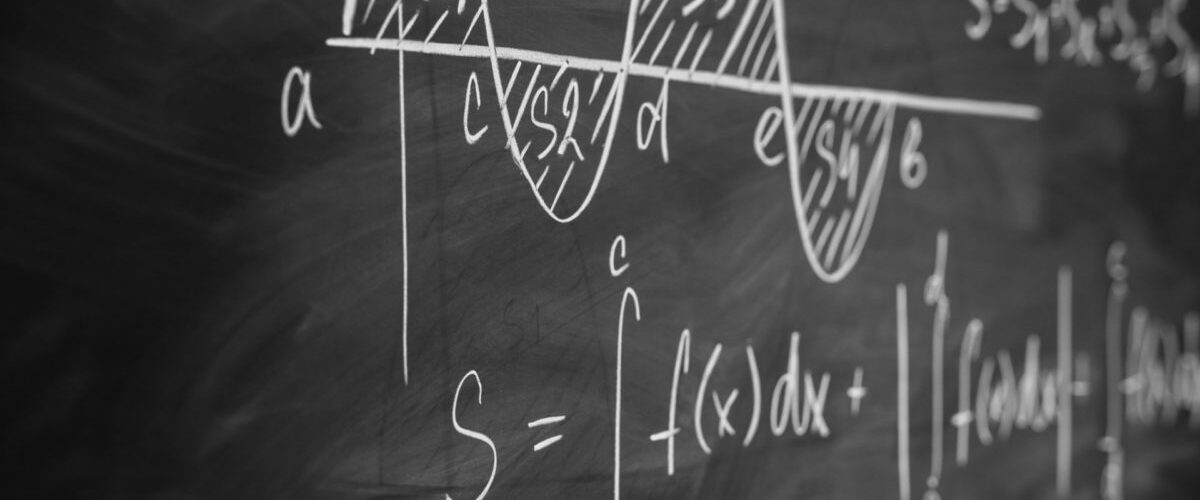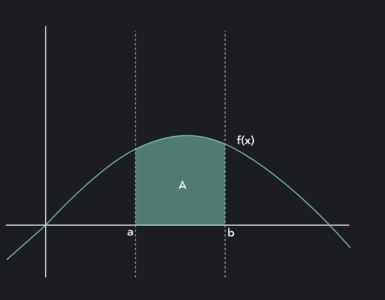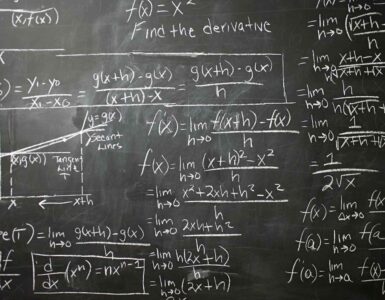Limits and continuity are fundamental concepts in calculus that provide the foundation for more advanced topics like derivatives and integrals. They help describe the behavior of functions as inputs approach specific values, and they allow us to rigorously define smoothness and change. In this article, we will explore what limits and continuity are, how to compute them, and their significance in calculus.
What is a Limit?
A limit describes the value that a function approaches as its input (or variable) gets closer to a particular point. Formally, the limit of $f(x)$ as $x$ approaches $a$ is written as:

This means that as $x$ gets arbitrarily close to $a$ (from either side), the value of $f(x)$ approaches $L$.
Intuitive Example of a Limit
Consider the function $f(x) = \frac{x^2 – 1}{x – 1}$. At $x = 1$, the function is undefined because division by zero occurs. However, we can find the limit of $f(x)$ as $x$ approaches $1$:

First, factor the expression:

For all values of $x$ except $x = 1$, the $x – 1$ terms cancel out, leaving:

Now, we can find the limit as $x$ approaches $1$:

Thus, even though $f(x)$ is undefined at $x = 1$, the limit of $f(x)$ as $x$ approaches $1$ is $2$.
Types of Limits
There are several types of limits that help capture different behaviors of functions.
1. One-Sided Limits
Right-hand limit: The limit of $f(x)$ as $x$ approaches $a$ from the right (i.e., from values greater than $a$) is denoted:

Left-hand limit: The limit of $f(x)$ as $x$ approaches $a$ from the left (i.e., from values less than $a$) is denoted:

For the two-sided limit to exist, both the left-hand and right-hand limits must be equal:

If the left-hand and right-hand limits are not equal, the two-sided limit does not exist.
2. Limits at Infinity
Limits at infinity describe the behavior of a function as $x$ becomes arbitrarily large (or small). For example:

If the function approaches a specific value as $x$ increases without bound, the limit exists. This is useful for analyzing the long-term behavior of functions like polynomials or rational functions.
3. Infinite Limits
In some cases, the value of a function increases or decreases without bound as $x$ approaches a specific point. For example:

This means that as $x$ approaches $a$, the function grows arbitrarily large. This commonly occurs in cases involving vertical asymptotes.
Limit Laws
There are several limit laws that allow us to break down and compute limits more easily. These laws work similarly to arithmetic operations and help simplify the process of finding limits:
Sum/Difference Law: If $\lim_{x \to a} f(x) = L_1$ and $\lim_{x \to a} g(x) = L_2$, then:

Product Law: If $\lim_{x \to a} f(x) = L_1$ and $\lim_{x \to a} g(x) = L_2$, then:

Quotient Law: If $\lim_{x \to a} f(x) = L_1$ and $\lim_{x \to a} g(x) = L_2 \neq 0$, then:

Power/Root Law: If $\lim_{x \to a} f(x) = L$, then:

And for roots:

Indeterminate Forms and L’Hopital’s Rule
Sometimes when calculating limits, we encounter indeterminate forms like $\frac{0}{0}$ or $\frac{\infty}{\infty}$. In such cases, we can use L’Hopital’s Rule to resolve the limit. L’Hopital’s Rule states that:

if the limit results in $\frac{0}{0}$ or $\frac{\infty}{\infty}$ and the derivatives exist.
Continuity
A function is said to be continuous at a point $x = a$ if three conditions are satisfied:
- $f(a)$ is defined.
- $\lim_{x \to a} f(x)$ exists.
- $\lim_{x \to a} f(x) = f(a)$.
In other words, the function has no breaks, jumps, or holes at $x = a$. Formally, $f(x)$ is continuous at $x = a$ if:

Types of Discontinuity
A function can be discontinuous at a point if it fails to meet one or more of the conditions for continuity. There are several types of discontinuities:
- Removable Discontinuity: This occurs when a function has a hole at $x = a$, but the limit still exists. If we redefine the function at that point, it becomes continuous.
- Jump Discontinuity: This happens when the left-hand and right-hand limits at $x = a$ exist but are not equal. The function “jumps” from one value to another.
- Infinite Discontinuity: This occurs when the function has a vertical asymptote at $x = a$, meaning the function grows without bound as $x$ approaches $a$.
Continuity on an Interval
A function is continuous on an interval if it is continuous at every point within that interval. There are two important types of intervals:
- Open Interval $(a, b)$: The function must be continuous at all points between $a$ and $b$ but not necessarily at the endpoints.
- Closed Interval $[a, b]$: The function must be continuous at all points between $a$ and $b$, including the endpoints.
The Intermediate Value Theorem
One of the most important results of continuity is the Intermediate Value Theorem (IVT). It states that if a function $f(x)$ is continuous on the closed interval $[a, b]$ and $f(a) \neq f(b)$, then for every value $L$ between $f(a)$ and $f(b)$, there exists at least one $c$ in $(a, b)$ such that:

This theorem guarantees that a continuous function takes on every value between $f(a)$ and $f(b)$, making it a powerful tool for solving equations.
Applications of Limits and Continuity
Limits and continuity are essential concepts in many real-world applications, including:
1. Motion and Velocity
In physics, limits are used to define instantaneous velocity. The velocity of an object is the limit of its average velocity over smaller and smaller time intervals. This leads directly to the concept of a derivative in calculus.
2. Economics
In economics, continuity ensures smooth functions for demand, supply, and utility curves, allowing for the analysis of small changes in quantities like price or demand.
3. Engineering
Engineers use limits and continuity to model real-world phenomena like stress on materials, temperature changes, and electrical circuits. Ensuring that functions are continuous is crucial for accurate predictions and designs.
Common Mistakes to Avoid
- Confusing a function being undefined with a limit not existing: Even if a function is not defined at a specific point, the limit can still exist, as seen in the earlier example with $f(x) = \frac{x^2 – 1}{x – 1}$ at $x = 1$.
- Ignoring one-sided limits: Be sure to check both the left-hand and right-hand limits when dealing with piecewise functions or limits near discontinuities.
- Forgetting the conditions for continuity: Remember that continuity requires the function to be defined, the limit to exist, and the function’s value to match the limit.
Conclusion
Limits and continuity are crucial for understanding the behavior of functions and their smoothness. Limits provide a way to explore what happens as inputs approach specific values, while continuity ensures that functions behave predictably and without breaks. Mastering these concepts is essential for tackling more advanced topics in calculus, such as derivatives and integrals, and for solving a wide range of practical problems in mathematics, physics, engineering, and economics.




Add comment